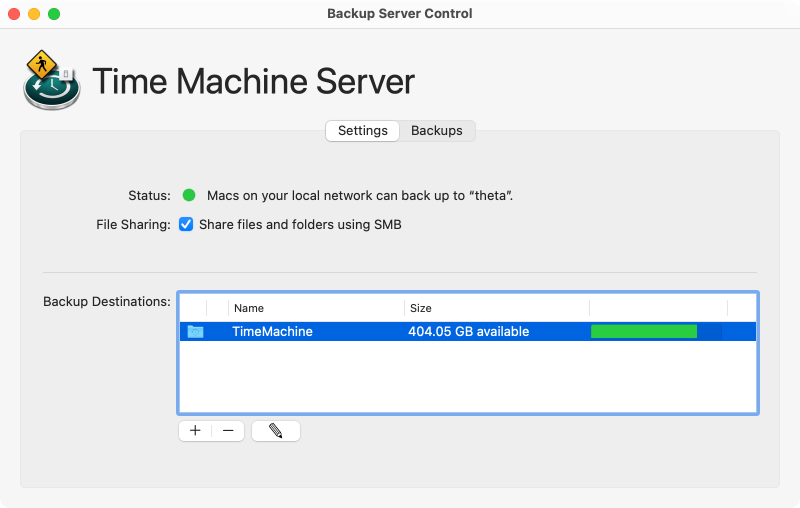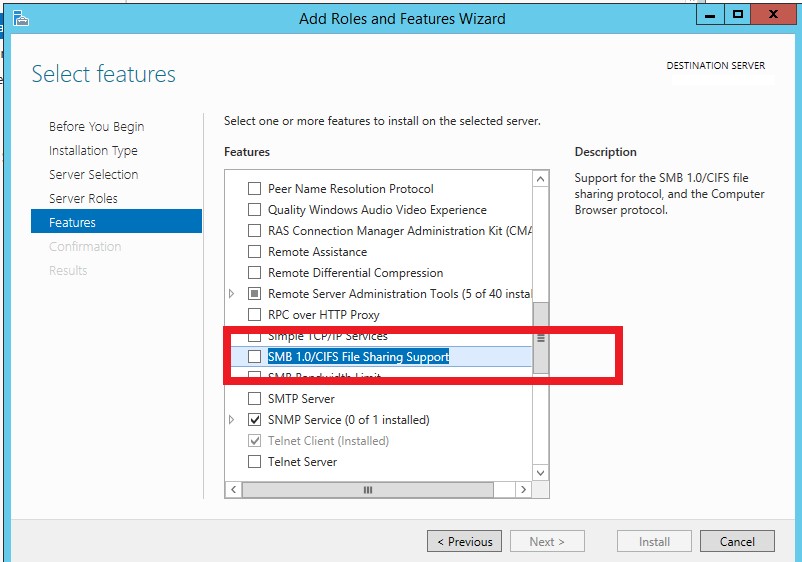
Three options are available in the “Type” picklist: “Success”,” Fail”, and “All”. In our case, we enter “Everyone”.įigure 5: “Auditing Entry” window of the file If you want to audit all users’ activities, enter “Everyone” in the “Enter the object name to select” field, and click “Check Names”. Click “Select a Principal”, to open the “Select User, Computer, Service Account, or Group” dialog box. In the “Auditing Entry for” window, at first, select users whose actions you want to audit. The “Auditing Entry for” window appears on the screen. On this tab, you have to create a new audit entry. In the “Advanced Security Settings for” window, go to the “Auditing” tab.įigure 4: Select User, Computer, Service Account, or Group. On the “Security” tab, click “Advanced” to access the “Advanced Security Settings for” window that appears on the screen. Go to the “Security” tab.įigure 3 Auditing tab of “Advanced Security Settings” By default, the “General” tab of the “Properties” window appears on the screen. Doing this saves you from repeating these steps for each file. Note: If you want to track multiple files, put them into one, two or more folders to enable their auditing easily. The file’s properties window appears on the screen. Right-click the file and select “Properties” from the context menu.  Open “Windows Explorer” and navigate to the file or folder that you want to audit. Step 2 – Set auditing on the files that you want to trackĪfter configuring GPO, you have to set auditing on each file individually, or on folders that contain the files.
Open “Windows Explorer” and navigate to the file or folder that you want to audit. Step 2 – Set auditing on the files that you want to trackĪfter configuring GPO, you have to set auditing on each file individually, or on folders that contain the files. SMB LIST FILE TIME UPDATE
To immediately update the Group Policy instead of waiting for it to auto-update, run the following command in the “Command Prompt”:.Click “Apply” and “OK” to close the window.In our case, we have selected both options because we want to audit both the successful and the failed attempts. It is recommended to select both options. Select any one or both the options as per requirement.The former lets you audit successful attempts made to access the objects, whereas the latter lets you audit failed attempts. Then, you get two options to audit – “Success” and “Failure”. On this window, click the “Define these policy settings” checkbox.

Double-click the “Audit object access” policy to open its “Properties”.įigure 2: Properties of Audit Object Access Policy.All the available policies under “Audit Policy” are displayed in the right panel. For that, navigate to “Computer Configuration” → “Windows Settings” → “Security Settings” → “Local Policies” → “Audit Policy”. To audit file accesses, you have to set the “Audit object access” policy.In the “Group Policy Management Editor” window, you have to set the appropriate audit policy.Note: It is suggested to create a new GPO, link it to the domain, and edit it. Note: If you want to track multiple folders, you will have to configure an audit for every folder individually. This action opens the Editor window of Group Policy Management Editor. To edit an existing GPO, in the left pane, right-click on the default or a user-created GPO, and click “Edit” on the context menu.After you have opened the “Group Policy Management” window, you will have to create a new GPO, or edit an existing one.For that, on the primary “Domain Controller”, or on the system where “Administration Tools” is installed, type “gpmc.msc” in the “Run” dialog box, and click “OK”. Launch “Group Policy Management” console.Step 1 – Set ‘Audit Object Access’ audit policyįollow these steps one by one to enable the “Audit object access” audit policy:

Speed up privacy and data subject access requests with eDiscovery. Data Classification Discover and Classify data on-premise and in the cloud.E-Discovery helps to speed up privacy and data subject access requests.
 Locate and Classify Sensitive Data and PIIĭata classification adds context to your security efforts. Risk Analysis Identify areas of risk and govern access to sensitive data.Īnalyze changes, and review current and historic permissions. Instant visibility on permission changes, spot users with excessive permissions and reverse unwanted changes. Threat Response Automated actions based on alerts. Threat Detection Anomaly spotting and real time alerts. Intelligent threat detection through real time alerts, anomaly spotting and automated threat response. Learn more On-Premise & Cloud Platforms We Audit Monitor, audit and report on changes and interactions with platforms, files and folders across your on-premises and cloud environment.
Locate and Classify Sensitive Data and PIIĭata classification adds context to your security efforts. Risk Analysis Identify areas of risk and govern access to sensitive data.Īnalyze changes, and review current and historic permissions. Instant visibility on permission changes, spot users with excessive permissions and reverse unwanted changes. Threat Response Automated actions based on alerts. Threat Detection Anomaly spotting and real time alerts. Intelligent threat detection through real time alerts, anomaly spotting and automated threat response. Learn more On-Premise & Cloud Platforms We Audit Monitor, audit and report on changes and interactions with platforms, files and folders across your on-premises and cloud environment.









 0 kommentar(er)
0 kommentar(er)
